Is That Normal? 9 Surprising Age-Related Changes
By the time you reach 21, you've already experienced some pretty significant changes: growth spurts, puberty, the realization that bubblegum pink probably wasn't the best color for your bedroom. But as you enter adulthood, the next two decades can bring about some surprising physical and mental upheaval. We talked to dermatologists, gynecologists, and psychologists to find out some of the most common changes women experience in their 20s and 30s and what to do about it.
Your 20s: Wicked Bad Cramps
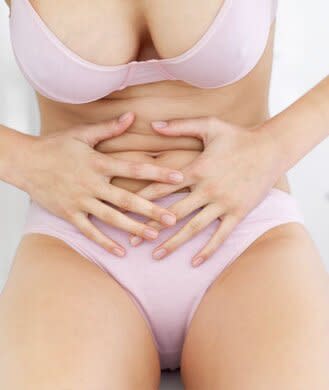
Depending on when you first started your period in your teens, you may not experience one of its most unpleasant side effects until you hit your 20s: painful menstrual cramps. This is due to prostaglandins, hormones your body produces in order for the lining of the uterus to shed, and these hormones are in peak production at this time of life, explains David Plourd, MD, an assistant professor of obstetrics and gynecology at the Naval Medical Center in San Francisco. Regular exercise, as well as taking a pain reliever that contains Naproxen a few days before the onset of your period, can dull painful cramps.
Your 20s: First-Time Acne
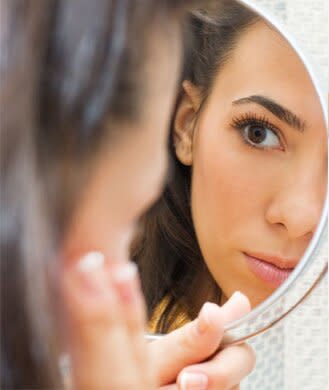
You sailed through adolescence relatively zit free and now…this! According to a recent study from the American Academy of Dermatology, 45 percent of women between the ages of 21 and 26 will experience adult acne. Those pesky hormones are partially to blame, but stress and poor eating habits (excess starchy carbs and dairy products), as well as smoking can add to breakouts, according to Joshua Zeichner, MD, a board-certified dermatologist at Mount Sinai Medical Center.
"Occlusive" cosmetics-creams and foundations-can also clog pores and exacerbate acne. OTC acne meds and regular cleansing with a mild soap can help; if your breakouts are harder to manage, see your derm, who can prescribe something stronger.
Your 20s: Problems "Down There"

UTIs, STDs, yeast infections, bacterial vaginosis: All terribly unpleasant, and all common among women in their 20s. The biggest offender, of course, is sexual intercourse-having too much of it or with too many different partners can cause infections and STD's such as Chlamydia or gonorrhea, as well as herpes and HPV. Stress, poor nutrition, dehydration, and drinking too much alcohol can also contribute to UTI's.
How to keep these pesky problems at bay? These three C's can help protect your lady parts: Condoms, commitment (to one guy), and cranberry juice, which can help prevent UTIs in the first place. If you suspect a yeast infection-which can occur when there is an imbalance of healthy bacteria-see your doc. A single dose RX pill can clear it up quickly. A yearly pap smear is also essential, and depending on your age, your gyno may recommend the HPV vaccine.
Your 20s: Shorter Nails
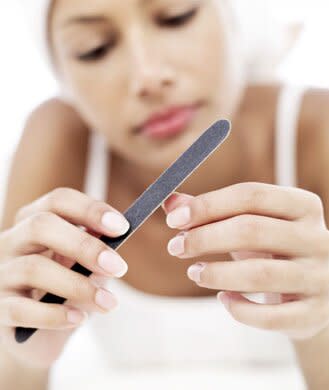
If you had long talons in high school (that you undoubtedly painted all sorts of crazy hues), you may notice your nails are shorter and break more easily in your 20s, as the rate of nail growth begins to gradually decline. The good news: Long nails will just interfere with all your mobile communication needs, and besides, short, dark nails are eternally chic.
Your 20s: A Slimmer Face
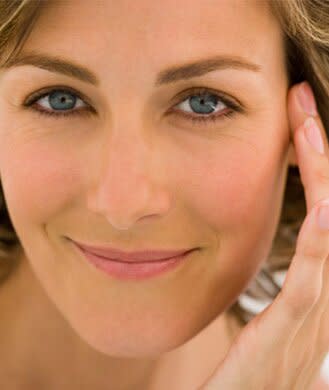
If you had "baby fat" in your face in your teens and early 20s, this will start to deflate as collagen diminishes, according to Marsha Gordon, professor and vice chairman of the department of dermatology at Mount Sinai Medical Center in New York City. "As you age, subcutaneous fat decreases and you begin losing volume in your face, particularly in your cheeks," she says.
The upside of this: If you lamented your chubby face in high school, you may soon have the cheekbones of a Slavic supermodel.
Your 20s: A Tense Relationship with Food
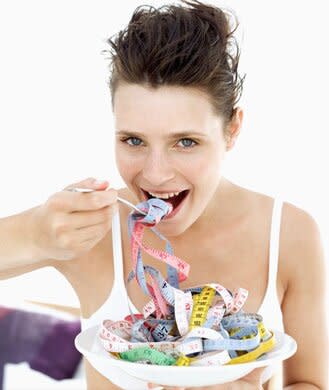
In your teens and twenties, it's common to view food as the "enemy" and begin a cycle of excess dieting and exercise, not for health reasons but rather to conform to a cultural idea. " Many women this age are more focused on appearing healthy rather than actually being healthy, and in an effort to lose weight gained during college can develop eating disorders such as anorexia or bulimia," says Dean Haddock, Psy.D, executive director of community counseling in Bakersfield, Calif.
Try to maintain perspective: Food is pleasure as well as fuel. Determine with your doctor what a healthy weight is for your height, and make slow, smart changes to your diet and exercise routine to get there. Accept (and embrace) what you can't change and celebrate your attributes: No amount of diet and exercise will make your legs longer, but a great pair of boots will; likewise if you have a slim waist and great boobs, wear tops that accentuate them to their fullest.
Your 30s: A Slower Metabolism
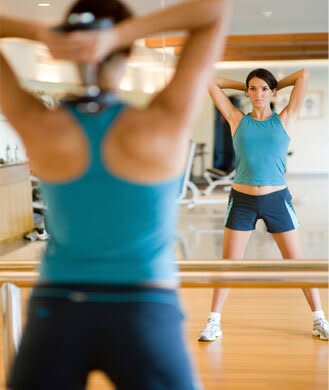
The human body is mostly a remarkable thing, but as far as design flaws go, this is a big one. In your 30s you start to experience gradual bone and muscle loss. This can slow your metabolism and lead to weight gain, especially if you don't increase exercise or make dietary changes. This is also a decade when many women begin having babies, and not everyone has an easy time shedding the weight post childbirth.
The good news is that you can keep your metabolism humming with exercise; muscle mass keeps your fat-burning engine in high gear. If you were a cardio queen in your 20s, now is the time to pick up the weights-and don't be shy about the heavy ones. Slow reps with a weight of 12 pounds or more are the fastest way to build metabolism-boosting muscle.
Your 30s: Hormonal Upheaval
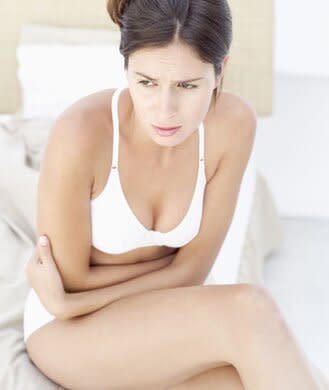
If you thought your PMS was bad before, welcome to your 30s: By age 35 your fertility also starts to drop off and you may even begin entering early perimenopause, which can cause mood swings, sleep disturbances, and/or anxiety. Fibroids (benign uterine tumors) and endometriosis (a condition where the uterine lining migrates to other internal organs) are two conditions that are also more common at this age, and both can cause pain and heavy bleeding. See your doctor if you period becomes problematic and discuss treatment options.
Regular, stress-reducing exercise (such as yoga) can significantly diminish other symptoms of PMS, but consistency is essential. Your 30s are a busy decade, and it's easy to let regular workouts slide. Make them as much a priority as work, friends, and family.
Your 30s: Depression or a Serious Mental Disorder
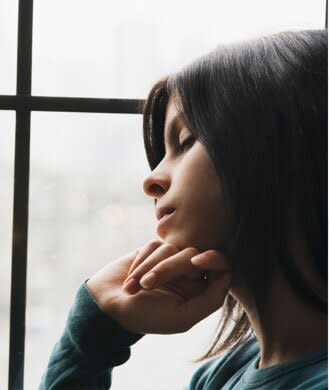
Your 30s are a time when reality can truly bite: Your youth is officially over, and responsibilities mount, between work, child rearing, older parents, and financial concerns. It's also a time when relationships can falter. "Women plan for their wedding, not their marriage," notes Barbra Halfdal, MA, MFT, a therapist based in Vancouver, Wash. Depression and substance abuse issues such alcoholism or drug abuse (brought on by depression) may accelerate, and certain latent mental disorders such as panic attacks, schizophrenia, or bi–polar disorder can come to the forefront during this time. Finding the right doctor and getting the best treatment protocol is essential should you experience any of these conditions.

